As more and more of today’s consumers look for watches that make a truly personal statement, the art of customization is in rising demand. In this feature from the archives, WatchTime contributor and author Roberta Naas offers one of the most comprehensive looks at customizing time.

It’s been a centuries-old trend in clothing: bespoke tailoring is all about making a singular suit or pair of shoes designed expressly for an individual. Today, as more customers are looking to express their individuality, the concept of having a custom-made watch is taking on all-new meaning. People are looking for something edgy, different and expressive of their own thoughts, hobbies or loves. But are watchmakers ready to comply?
“A personalized approach through customization is key for high-end clients, and particularly those with a penchant for haute horlogerie,” says Julien Tornare, CEO of Zenith Watch Company. “We see high demand for this service, and delivering it is part of our commitment to fulfilling client expectations. We create custom pieces for clients who are not interested in wearing watches generally available to the public; they prefer unique examples of watchmaking, a way for them to be actively involved in the creation of a timepiece. And this trend is not slowing down; on the contrary, it is rising.”
Having a customized or unique watch is not a new concept. Historically speaking, many of the top watch brands made unique watches a century ago for their top clients. Easily one of the most impressive examples comes in the form of a gentlemen’s race between automobile engineer James Ward Packard and financial banker and art collector Henry Graves, each of whom would regularly turn to Patek Philippe and Vacheron Constantin to have the most complicated watches built for them.
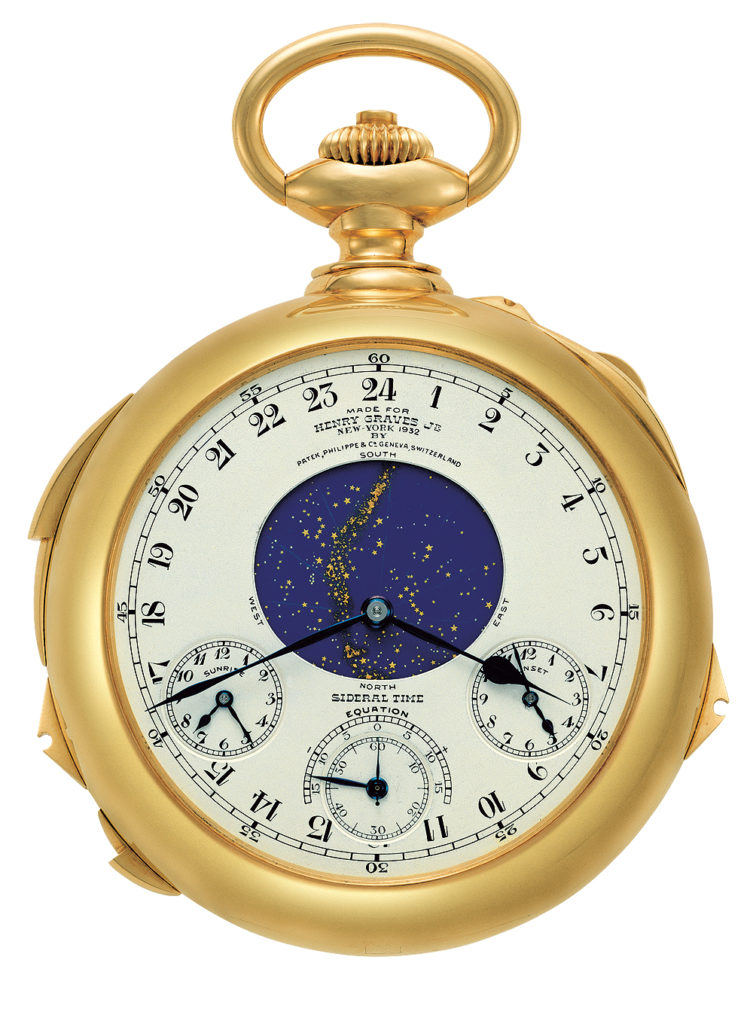
Early customization watches, such as this Graves Super Complication pocketwatch, built by Patek Philippe and delivered in 1933 to Henry Graves, were the precursor to today’s personalized watches.
For about 35 years starting in 1900, the two men commissioned watches that took years to develop and build, and that would go down in history as the world’s most complicated pieces. In fact, the Graves Super Complication pocketwatch, built by Patek Philippe and delivered in 1933, held the record as the world’s most complicated portable mechanical watch for 56 years.
This is not an isolated example. Many of today’s most iconic watch collections were initially made at the request of clients. The Jaeger-LeCoultre Reverso released in 1931, for instance, was created at the request of polo players who wanted a watch they could wear during play that would not get damaged. The reversible concept was born and the Reverso has been a legendary watch ever since. Similarly, the IWC Portugieser was first built in 1939 at the request of two Portuguese businessmen who wanted a highly legible watch as precise as a marine chronometer for the wrist. The list goes on and on.
In the past, this type of customization was a natural way for a watch brand to grow. However, as time passed and technology progressed, brands became more reliant on machinery and tools for cutting mainplates and other components. It became more and more difficult to take on those custom orders.
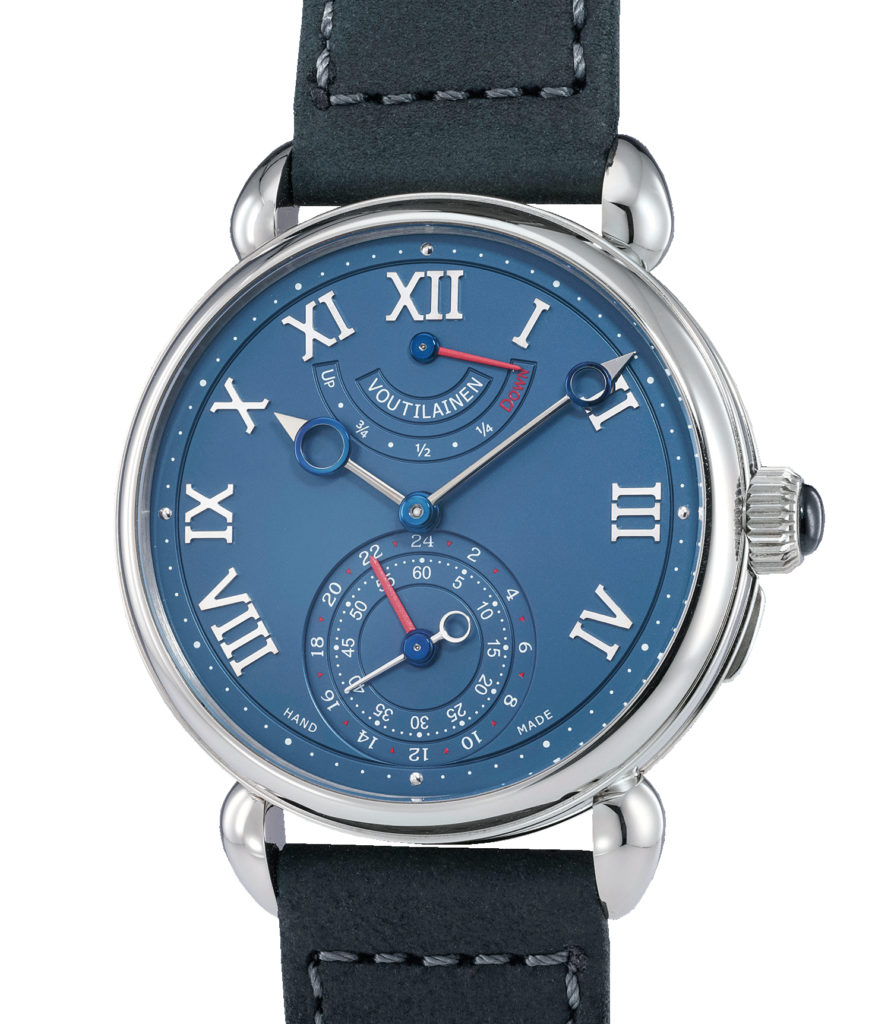
in spring 2020 for CHF 125,000 (over the anticipated sale price) — proving that customized watches can hold their value.
Today, with nanotechnology high-tech CNC machines and some automated technology (not to mention computer-aided design), big watch brands simply can’t keep up with the request for specially made movements and watches. Just the retooling of equipment to stop producing one watch model and to start cutting parts for another model can take weeks of lost production.
“There are a lot of powerful buyers who would love to get factory-made customized watches by certain brands; they want watches nobody else can get. But most brands can’t do it because they don’t have the resources, or have so many requests,” says Paul Boutros, Head of Americas & Senior Vice President of Phillips in Association with Bacs & Russo auction house.
What is Customization
That is not to say that watches customized for individuals don’t get made. They do. More often than we know. Many brands don’t “kiss and tell” about their customization and piece-unique work — often because they know requests would come flooding in if word got out, or out of simple respect for the client.
So, what can be customized on a watch? It depends. On a customized watch (which can be different from a piece unique), a brand might personalize it for a client by adding, for instance, sapphires, emeralds or other gemstones to the case, lugs and even the dial. Other times they offer unique engravings or miniature paintings at the customer’s request. In some instances, top watch brands might customize a movement part with special colors or wheels.

The Vacheron Constantin two-sided pocketwatch, Ref. 57260, deemed the most complicated watch in the world when it was unveiled in 2017, was actually built at the request of a customer.
Sometimes, a brand will customize a watch for small groups, such as a group of collectors, a military sect or some other group — in very small numbers — and nobody even knows about them until one comes to auction. “Those customized watches, though not unique, are usually very under the radar and tend to do well at auction,” says Boutros.
Often, too, some watch brands offer a specified selection of customization. Some brands may offer a special model in their collection and then let customers know that certain aspects of the model — such as case material, gemstone choice, strap or other element — can be specially made.
“We receive many, many requests each year and the thought that each of these precious pieces is so significant to its recipient makes us feel like we are helping to build memories of special moments, memories that live on with the timepiece,” says Davide Traxler, CEO of Parmigiani Fleurier, which offers customized details on its Hijri Perpetual Calendar watch. “Custom-made timepieces are the most fulfilling challenges we have the opportunity to meet. When a watch lover comes to us with a special request, it allows our teams to look for solutions in terms of mechanics or of finishing to satisfy a very distinctive demand.”
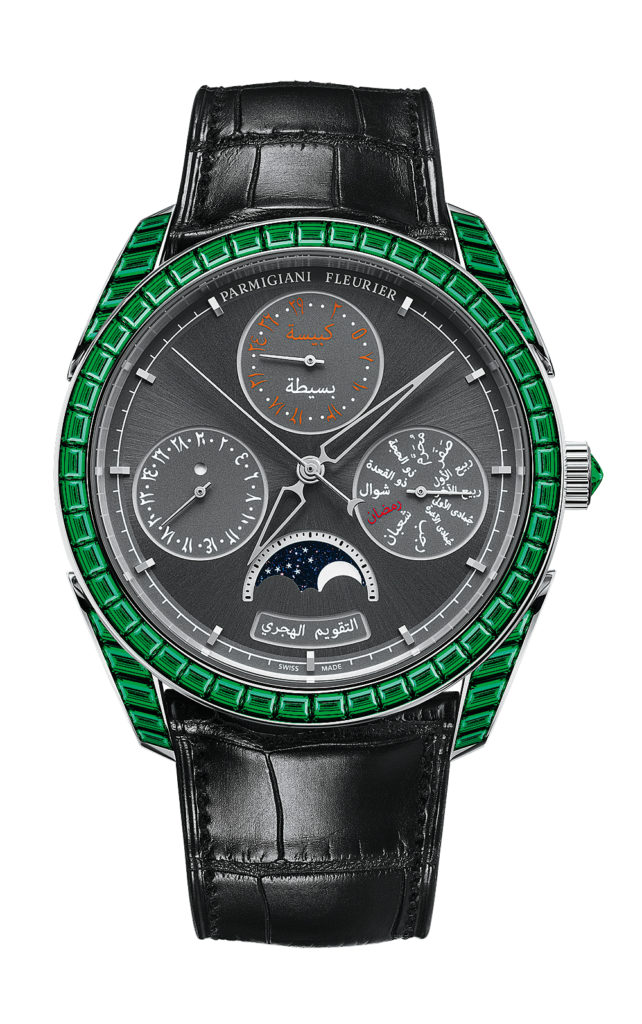
In a piece-unique watch — a true one-off timepiece — a brand can take customization to any level, even making an entirely new watch movement (though this is very rare).
Who Can Get A Customized Watch
As mentioned earlier, many big brands can’t stop production to customize watches for individuals, although many of the independents and smaller boutique brands try. In fact, Jacob & Co. is one that talks about its customization work for loyal clients. It has created an Astronomia watch for actor Leonardo DiCaprio’s charity and built a custom Five-Time Zone watch for designer and entrepreneur Virgil Abloh recently.
“Doing bespoke work has been a part of my company since the very beginning,” says Jacob Arabo, founder, Jacob & Co. “It’s how I set myself apart then and we continue to do this today. Nowadays, true luxury is about exclusivity and there is nothing more exclusive than having a bespoke timepiece. I love making my clients’ dreams come true, and our company is set up to create these unique pieces.”
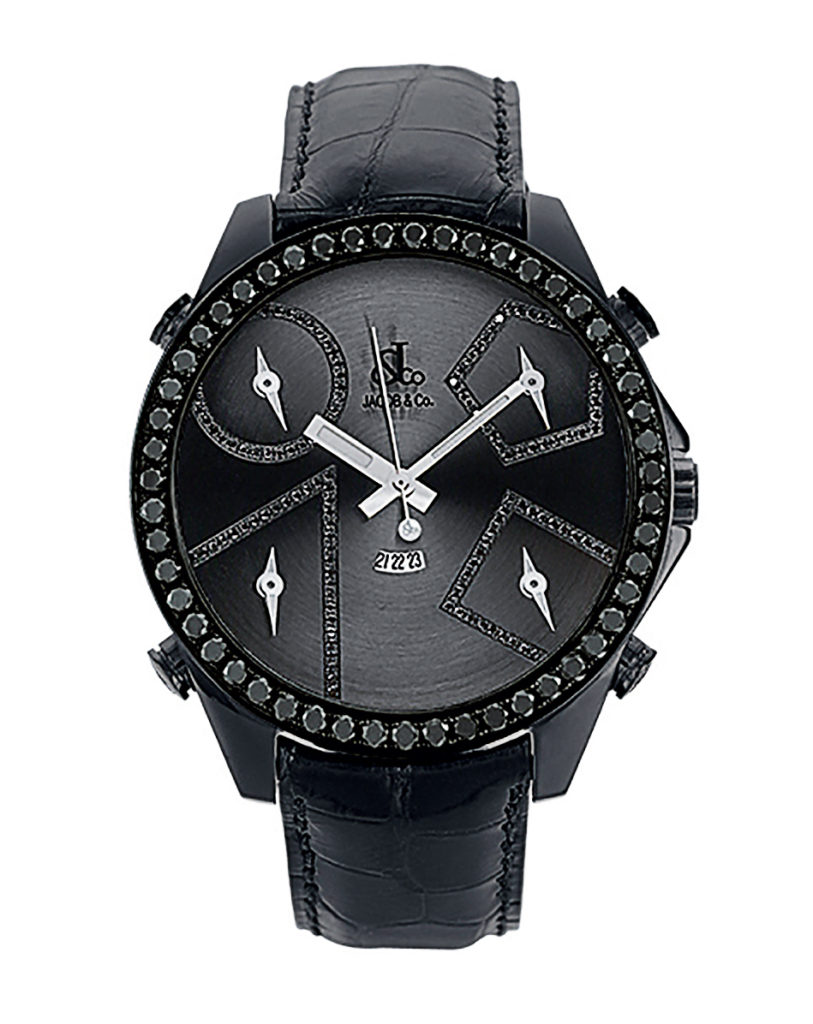
Don’t be fooled, though, getting a brand to make something unique requires the right relationship.“Just having enough money for it isn’t enough. Most people need to have a long-standing relationship and a really interesting concept for a brand to stop work on its serially produced watches to build a one-off,” says Yoni Ben-Yehuda, head of Business Development for Material Good, when talking about pieces unique. “It is not just a money thing. It is about having a long history with the brand, a long organic, meaningful relationship.”
It takes time to build those relationships, and, in many instances, impatience results in after-market customization. However, watch pundits will urge collectors to wait and try to work directly with the brand for personalization. This way, the customized watch is made according to the quality cannons of the brand so that it will hold its value for centuries to come. It is also recorded in the brand archives and carries the brand warranty.
And, according to Boutros, customized watches done in cooperation with the brands do hold their value. In fact, several customized watches that recently sold at auction not only held their value but exceeded anticipated estimates. This includes a unique Kari Voutilainen watch with engraved and enameled case that was made especially for a client. The watch was estimated to sell for CHF 50,000 to CHF 100,000 and sold for over the value at CHF 125,000.

“It is nice to see that these unique pieces, that were the result of someone’s unique concept that was maybe the brainchild of a collector, and were a collaboration between individual and brand, are so well received,” says Boutros.
While many brands keep their customized watches top secret, others are proud of their specialized work, and sometimes seek client permission to talk about it — especially because often that customization leads to new technology and patents. Such is the case with the Vacheron Constantin Ref. 57260 that was created at the request of a consumer. Granted, that customer had to wait eight years for the piece-unique watch to be completed, but it was worth the wait. It was deemed the most complicated watch in the world when it was unveiled in 2017. And because of that special order, Vacheron Constantin has unveiled a host of new watches with concepts and complications first born of that special piece.

Independents Might Do It Better
Because they already produce watches in extremely limited numbers, certain independent watch brands may do a better job of delivering customized watches. They can take a single watchmaker aside to work on a special order or slow up their production for that special watch and nobody really notices.
Some independent brands actually prioritize custom-made pieces — understanding that this is what today’s customer is all about. Andersen Genève, for instance, has been making unique pieces since its founding in 1979. While many are part of its “Piece Unique” series of watches designed and developed by Svend Andersen and other watchmakers, some are created especially in response to client requests. (In fact, it is not unusual for brands to create unique watches of their own design that they know customers will ultimately buy. Vacheron Constantin does it in its Les Cabinotiers series, and Patek Philippe does it in its Rare Handcrafts collection.)

especially in response to client requests.
H. Moser & Cie. also regularly creates specialized watches for its clients but limits the number of custom pieces it makes annually. According to Edouard Meylan, CEO of H. Moser & Cie., the brand creates about 10 unique pieces per year for clients. “The type of customization is quite diverse, some just want a unique dial color to match their favorite wines, others want new techniques like painting on mother-of-pearl or a combination of techniques.” He references a unique piece made for a client as an anniversary watch for his wife that had to feature a dragon, the color blue and amethyst stones. “The result is mesmerizing. To be honest, it inspired [me], and maybe will translate into more standard models in some form in the future.”
At a more affordable level, Meerson predominantly creates unique pieces for clients (though the brand also offers “production series” watches). According to Alexandre Meerson, it was his dream to create special watches for customers, working directly with them to design something personal and lasting. “With bespoke or made-to-measure, people discover the virtues of patience, and the deep pleasure that comes with having something created just for you. They watch the project unfold with emotion that is almost childlike.”

New Methods of Personalization
Recognizing how important customizing and personalizing a timepiece is to many consumers, certain brands are trying to think outside the box. This includes turning to some not-so-traditional methods. Among them, offering digital configurators where customers can pick and choose the colors of materials, movement colors, case and bezel metals, straps and more. Armin Strom was perhaps the true pioneer in the world of configuration three years ago and has been the model others emulate. Recently, Porsche Design began offering an extensive “personalization” program, as well.
Other brands that admit their own limitations when it comes to custom work are authorizing other companies to do it for them. Such is the case with Hublot, Zenith, TAG Heuer and others who work with Bamford Watch Department — authorizing customization of certain models. Even Girard-Perregaux has started working with Bamford to allow personalized options for its beloved Cat’s Eye watches for women.
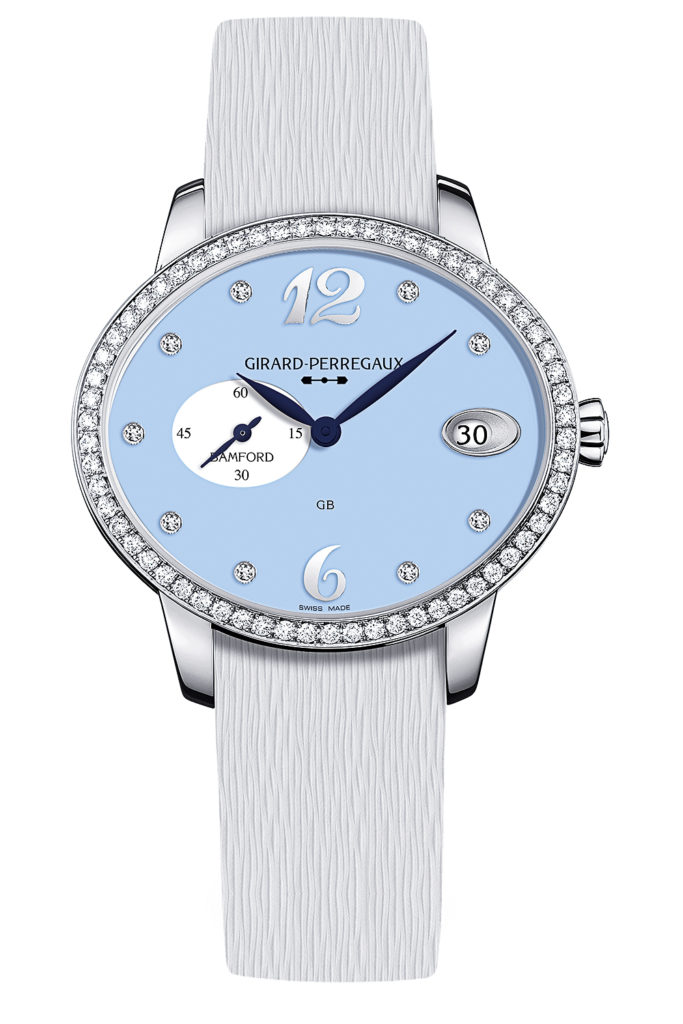
“Partnering with Bamford and offering the Cat’s Eye on his platform allows our clients to customize dials, hands, straps, colors so they can give their own twist to a timeless classic,” says Clemence Dubois, Chief Marketing Officer for Girard-Perregaux. “If we don’t have the capacity to do this ourselves, it is good to authorize customization to meet the demands of today’s clients.”
In these instances, Bamford works directly with the brands to fulfill a custom order — so that the watch is manufacture-approved, built to its exacting standards and still holds a certificate of authenticity and warranty.
Having a luxury watch that isn’t just all blinged out but that is personalized by the brand may well be the way to go. As American rapper and songwriter Jay-Z says in his song 30 Something, “I don’t got the bright watch, I got the right watch.”

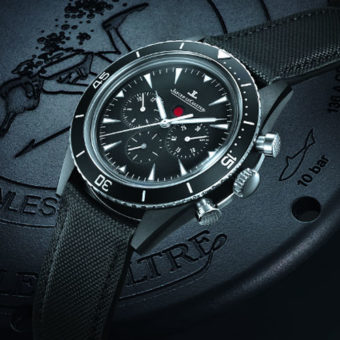
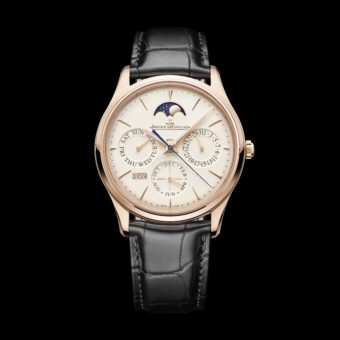
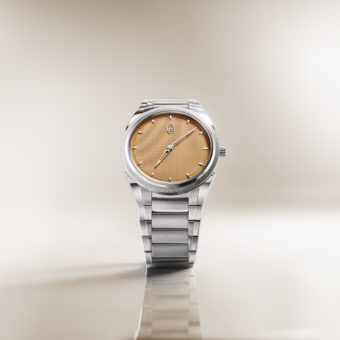
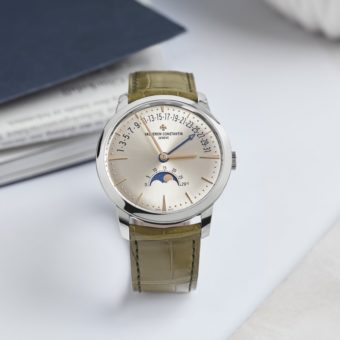
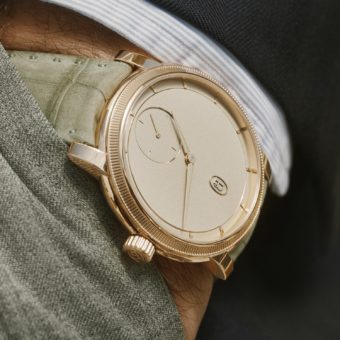
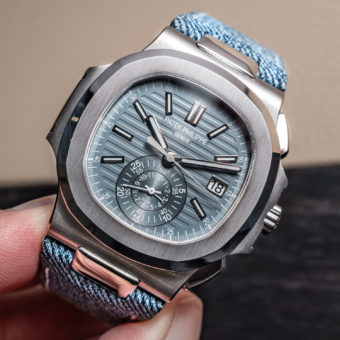
I would like to see prices on the time, on the timepieces
Very interesting article. Thanks for publishing. I have worked with an independent watchmaker Artur Akmaev to create a watch with a ETA movement. It was a fantastic time working with him on ideation, creation, fabrication and finally delivery.
Why not mention RGM, an American maker?
These personalised watches are looking fabulous…thank you for posting this..!!
Thank you so much for posting this kind of blog post, please keep sharing..!!
The article should have done more to split things into a) unique watches built to order, b) existing models with technical modifications and c) existing models with aesthetic modifications.